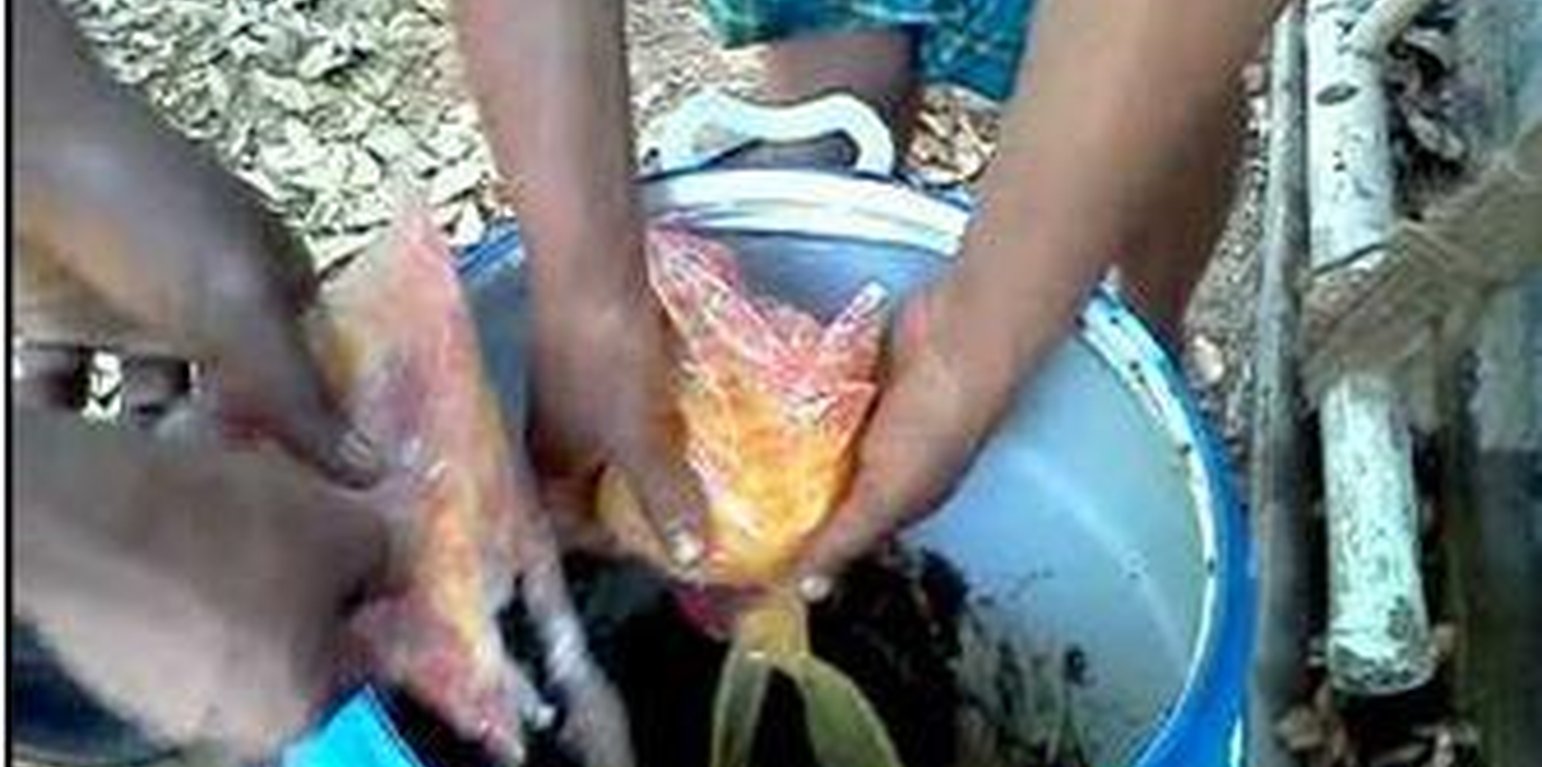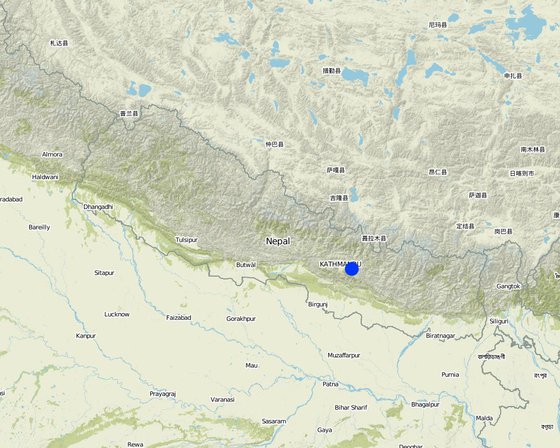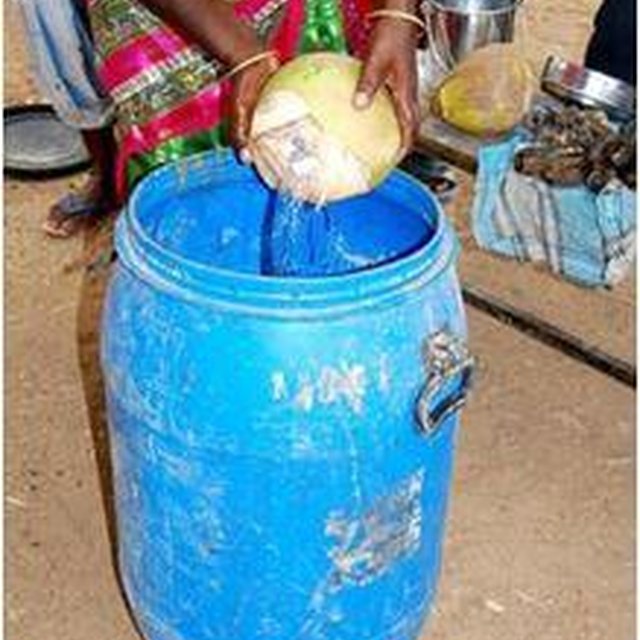



Panchhagavya was in practice from Neolithic period but recently has become a common interest. It has been used by Hindu Society and has also been mentioned in Vedas. In 1950, James F. Martin made a liquid by lactating cow milk, using dung, sea water and yeast. It was claimed that it was capable of greening degrading land.
It is an organic product that has the potential to play the role of promoting growth and providing immunity in plant system. It consists of nine products i.e. cow dung, cow urine, milk, curd, jaggery, ghee, ripened banana, tender coconut and water.
This technology most importantly focuses on agronomic measures and conserves the manuring and composting. It does not lead to changes in slope profile of the land. Organic matter is used for soil surface treatment which increases the fertility of the soil. This agronomic measure is also combined with management measures where change in management of soil results in giving improved vegetable cover.
Purpose of the Technology: The main purpose of Panchhagavya is to deal with major land problems such as soil infertility, less production of crops and water pollution due to use of fertilizers. It focuses on cropland where annual cropping is done. Annual crops are usually harvested within one or maximally within two years. Chemical and physical soil deterioration and biological degradation are the types of land degradation addresses by the technology.
Establishment / maintenance activities and inputs: In a container, mix 5kg of cow dung and 1/2kg of ghee. This mixture is stored in a shade for 4 days.On 5th day, the mixture is poured in a new container and cow milk, curd and cow urine is added to it. Then Jaggery is added by dissolving it in water. Ripened bananas are mashed and added to the above mixture with coconut water. This is stored for 30 days. Now, the mixture is stirred and mixed daily. This mixture is then sprayed to the crops. If the mixture is sprayed with hand sprayer then the nozzel must have greater pores. The preparation of Panchhagavya requires lot of products and takes around 30 days which makes it a bit costly.
Natural / human environment: The Panchhagavya thus produced is then sprayed in the agriculture fields. So, this can be used as a substitute for fertilizers as a type of organic manure. It can help promote greenery. Panchhagavya is prepared indoors in huge quantities and may be used overtime as required.

Location: Nepal
No. of Technology sites analysed:
Spread of the Technology: evenly spread over an area (approx. > 10,000 km2)
In a permanently protected area?:
Date of implementation: 10-50 years ago
Type of introduction








